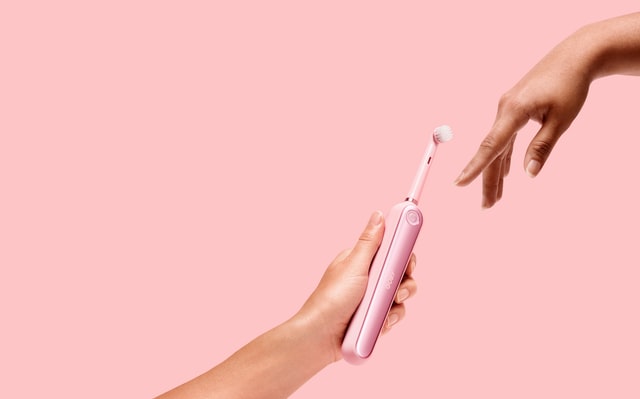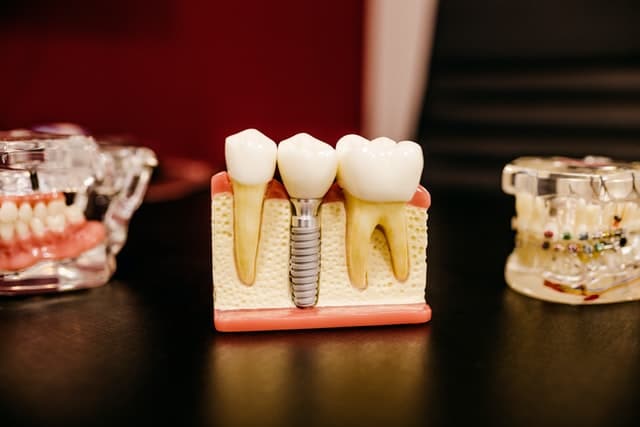What are the Types of Dental Fillings?
The first teeth usually come out 6 months after birth. There are one of the most important structures in the body, and if not properly cared for, they may decay or fall out as a result of unhealthy habits.
Especially if decays are not treated in time, the nerves inside the tooth die, and the vessels lose their function. In this case, teeth must be filled. So what are the types of dental fillings?
Filling types used today include; Amalgam Fillings, Composite Fillings and Porcelain (inlay – onlay) fillings. The same filling may not be suitable for everyone and every tooth.
Factors such as the patient’s allergy to substances, the position of the tooth, the size of caries determine the type of filling to be applied.
How is Dental Filling Done?

Types of dental fillings – Having a filling does not prevent decay, you can extend the life of the filling by not neglecting your oral care.
Filling treatment can be applied to decayed teeth and teeth that are broken or cracked for any reason.
Deformed teeth for various reasons may regain their old appearance with filling treatment.
A dental filling is done by different treatments depending on why the tooth is damaged and where the tooth is located.
Very different methods are applied in terms of filling types. Let’s take a look at these types one by one;
-
Amalgam Filling
Amalgam fillings consisting of a mixture of mercury, silver, tin, and copper are cost-effective fillings especially used in the posterior teeth, resistant to pressure and chewing power. However, its use has been decreasing in recent years.
While the gray metallic color does not meet aesthetic expectations, research on the possibility of allergy to the mercury contained in the patient and the negative effects of mercury on human health direct dentists to alternative fillings.
In addition, amalgam fillings do not fully integrate with the tooth and the loss of healthy parts of the tooth while it is being made are other disadvantages.
Amalgam fillings are a method that has been used in dental treatments for more than a century. There is approximately fifty percent mercury in the filling.
Amalgam fillings are resistant to food and have a lifetime of at least 5 years, depending on the use. One of the biggest reasons they are preferred is cheapness.
It is especially suitable for molars that remain behind. However, many patients do not prefer it due to aesthetic concerns.
Because when applied to the tooth, it causes the tooth enamel to become black.
-
Composite Fillings

Types of dental fillings – In the long term, you should stay away from behaviors such as breaking hard and crusted foods, opening bottle caps, which will also damage your normal teeth.
Composite fillings, which are popularly known as “white fill”, “beam filling”, and “laser filling” because of the use of a blue light filling device for its hardening, consist of a plastic mixture with silicon dioxide particles.
As it is aesthetically compatible, it can be used in both front and back teeth in terms of durability. It is a more expensive method than amalgam fillings.
However, in cases such as broken, worn, spaced teeth, it provides an aesthetic solution with suitable conditions.
It has two types. Depending on the situation, the patient’s tooth is treated in one of two situations. Composite filling that adapts to the tooth color makes the tooth more durable. Its application can generally be completed not in one go, but several times.
-
Porcelain Fillings
Porcelain fillings are the most compatible material with teeth among all types of dental fillings.
In the first session, the tooth is prepared for filling, the impression is taken and a temporary filling is made to the patient, in the second session, the part prepared in the laboratory is glued to the tooth and polished.
There is no loss of texture in porcelain fillings, it is extremely durable. Its color is also very compatible with the teeth.
It is resistant and durable with its structure close to the hardness of the enamel layer. Another advantage of porcelain fillings, which are preferred primarily in teeth with dense material loss, is that they do not abrade the teeth and are compatible with the gums.
While other fillings do not provide enough satisfaction regarding strength and aesthetic expectations, the most important disadvantages of these fillings are; Two sessions are required for treatment and it is a more costly treatment method.
What Should You Pay Attention to After Filling?

Types of dental fillings – In the first 1-2 weeks, your tongue may perceive the filling as a foreign substance. This is an adjustment period. However, if this feeling continues after 2 weeks, you can ask your doctor to correct your filling
- You can start eating after composite and porcelain fillings, but you should wait 2 hours after amalgam fillings.
- Since your gums, tongue and cheeks will be numb due to the anesthesia applied during filling, it is very important to wait for the numbness to pass before eating, to prevent accidents caused by unwanted bites.
- Especially in the first 24 hours, if you chew hard foods carefully, it ensures that the filling is not damaged.
See Also:
Front tooth replacement options
The Process Of Getting Veneers

As a nutritionist, I research, find and experiment with recipes, natural diets and meal plans for weight loss, bodybuilding, and detoxing.
